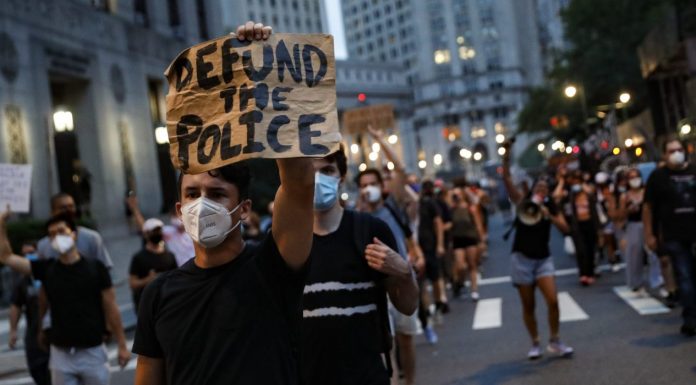(Anthony Hennen, The Center Square) If office vacancy rates are any sign, workers haven’t returned to downtown Pittsburgh post pandemic. Instead, offices grow emptier, according to a policy brief from the Allegheny Institute for Public Policy.
Pittsburgh had an office vacancy rate of 21.3% at the end of 2022. After the first quarter of 2023, that’s gone up even more to 21.8%, stubbornly above the national average of 20.2%.
The problem comes from weak markets in finance, IT, and professional services, as well as hybrid-remote work keeping employees at home instead of in the office.
Those sectors, Allegheny Institute Executive Director Frank Gamrat notes, “are trimming their office space requirements, either by moving to smaller spaces as leases expire or through subleasing. The Pittsburgh market is no exception.”
The pain might not have bottomed out just yet, either.
“The Pittsburgh office market vacancy and usage rates are not improving and are likely to get worse before there is any improvement,” Gamrat wrote. “This will have significant consequences for rental rates, valuations of properties, lease prices and property tax assessments as appeals of valuations are filed.”
Nationally, the share of full-time office workers dropped from 49% in the first quarter of 2023 to 42% in the second quarter, while hybrid work jumped from 20% to 30%. For cities that have a smaller share of residents living within business districts, the consequences could be fewer retail stores and restaurants, as well as less tax revenue and a financial hole for public transit.
Pittsburgh has struggled to regain bus and light-rail ridership, and Philadelphia could face service cuts or higher fares as federal relief tapers off.
The highest vacancy rates in the Pittsburgh area were in Oakland and the East End — a 29.5% overall vacancy rate, followed by the suburban East market at 27.5%. The lowest were in the suburban South (13.5%), suburban North (17.9%).
For class A office space, generally the most prestigious and centrally located buildings, Pittsburgh’s central business district and urban fringe areas did better, with the second-and third-lowest rates behind the suburban South market (11.3%).
While some efforts have been made to convert empty office space into apartments, the process can be difficult, as The Center Square previously reported. High renovation costs, lower profit margins for residential units, and “incompatible residential housing regulations and building codes” have been problems in Washington, D.C., which led the nation in conversions pre-pandemic.
One conversion project in Pittsburgh, Gamrat noted, has received a bevy of government loans and grants to cover the costs — the developer’s financing share is 26.5%, “a ridiculously low percentage.”
While hybrid work presents some problems, it’s not the only one at hand. Public safety and crime has been a growing concern in Pittsburgh and Philadelphia alike.
“Many Downtown merchants and other businesses have expressed the need to have the area cleaned up. Some have threatened to leave,” Gamrat wrote. “This is perhaps the most pressing matter before the city and county.”
City officials have responded. In Pittsburgh, Mayor Ed Gainey introduced a plan in February “to triple police presence in the area,” 90.5 WESA reported. In Philadelphia, the Democratic nominee for mayor, Cherelle Parker, ran on a platform that emphasized public safety with a plan to fill police vacancies and hire another 300 foot and bike patrol officers “to walk a beat in every neighborhood of the city.”

